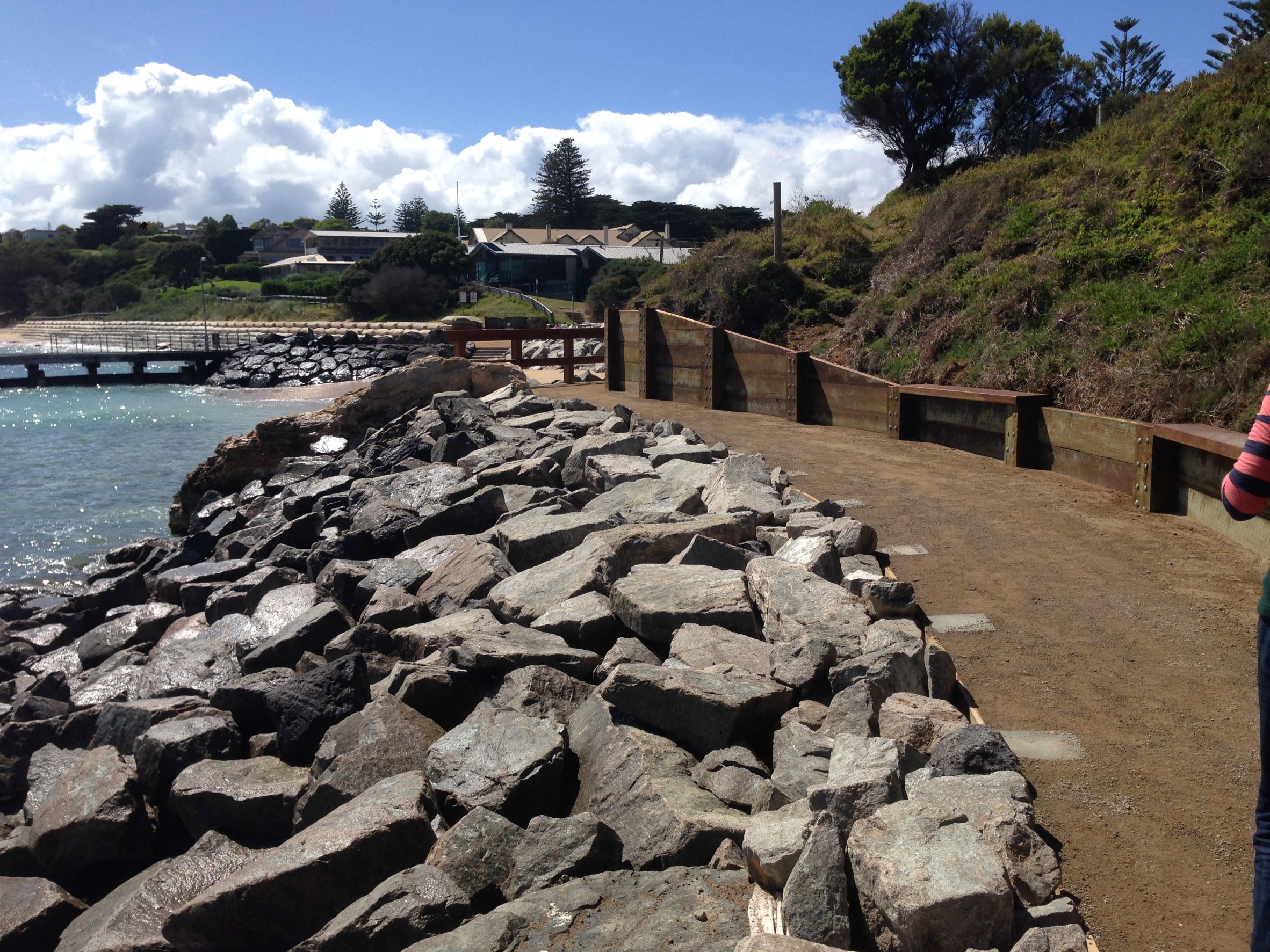
Image Source: Google
Coastlines are vulnerable to erosion and storm damage, posing threats to communities, infrastructure, and ecosystems. As sea levels rise and extreme weather events become more frequent, the need for resilient coastal defense systems has become increasingly urgent. One innovative solution that is gaining popularity is the best rock revetment design.
Rock revetments, also known as rip-rap structures, are constructed by placing a layer of large rocks along the shoreline. These structures act as a barrier, absorbing the energy from waves and currents that otherwise erode the coastline. They protect against erosion and stabilize the shoreline, helping to maintain the integrity of coastal ecosystems and infrastructure.
The design and construction of rock revetments have evolved over the years, incorporating innovative techniques and materials to enhance their performance and durability. One such advancement is the use of geosynthetics, which are synthetic materials that provide additional reinforcement to the revetment system.
Geosynthetics, such as geotextiles and geogrids, are often used in combination with the rock layer to improve the stability of the revetment. These materials help to distribute the load of the rocks more evenly, reducing the risk of settlement and failure. They also provide additional protection against erosion by preventing the migration of soil particles through the revetment structure.
Another innovative feature of rock revetment design is the use of bioengineering techniques. Bioengineered revetments incorporate living plants and natural materials, such as coir logs or jute netting, into the revetment system. These living elements help to enhance the ecological value of the revetment by providing habitat for plants and animals, while also adding an extra layer of protection against erosion.
One example of a bioengineered revetment is the use of oyster reefs in combination with rock structures. Oyster reefs not only provide valuable habitat for marine life but also act as natural breakwaters, reducing wave energy and protecting the shoreline. This integrated approach combines the benefits of both natural and engineered elements, creating a more resilient and sustainable coastal defense system.
Advancements in technology have also played a significant role in the design and construction of rock revetments. The use of advanced computer models and simulation tools allows engineers to analyze the performance of different revetment designs under various environmental conditions. This data-driven approach enables the optimization of revetment designs, ensuring they are capable of withstanding extreme wave forces and protecting the coastline for years to come.
Furthermore, the use of drones and remote sensing technologies has revolutionized the monitoring and maintenance of rock revetment systems. Drones equipped with high-resolution cameras and sensors can capture detailed images and collect data on the condition of the revetments. This information is invaluable for identifying potential issues and scheduling proactive maintenance, ultimately increasing the lifespan and effectiveness of the revetment structures.
Building resilient coastlines requires a multidisciplinary approach that considers both engineering and ecological factors. The innovative world of rock revetment design encompasses a range of techniques and materials that work together to create sustainable coastal defense systems. From the use of geosynthetics to bioengineering and the integration of advanced technologies, these advancements are shaping the future of coastal protection.
As climate change continues to pose challenges for coastal communities, investing in resilient coastlines is crucial. Rock revetment design provides a versatile and effective solution, offering both protection and ecological benefits. By embracing innovation and incorporating these advancements into coastal defense strategies, we can build a more resilient future for our coastlines.